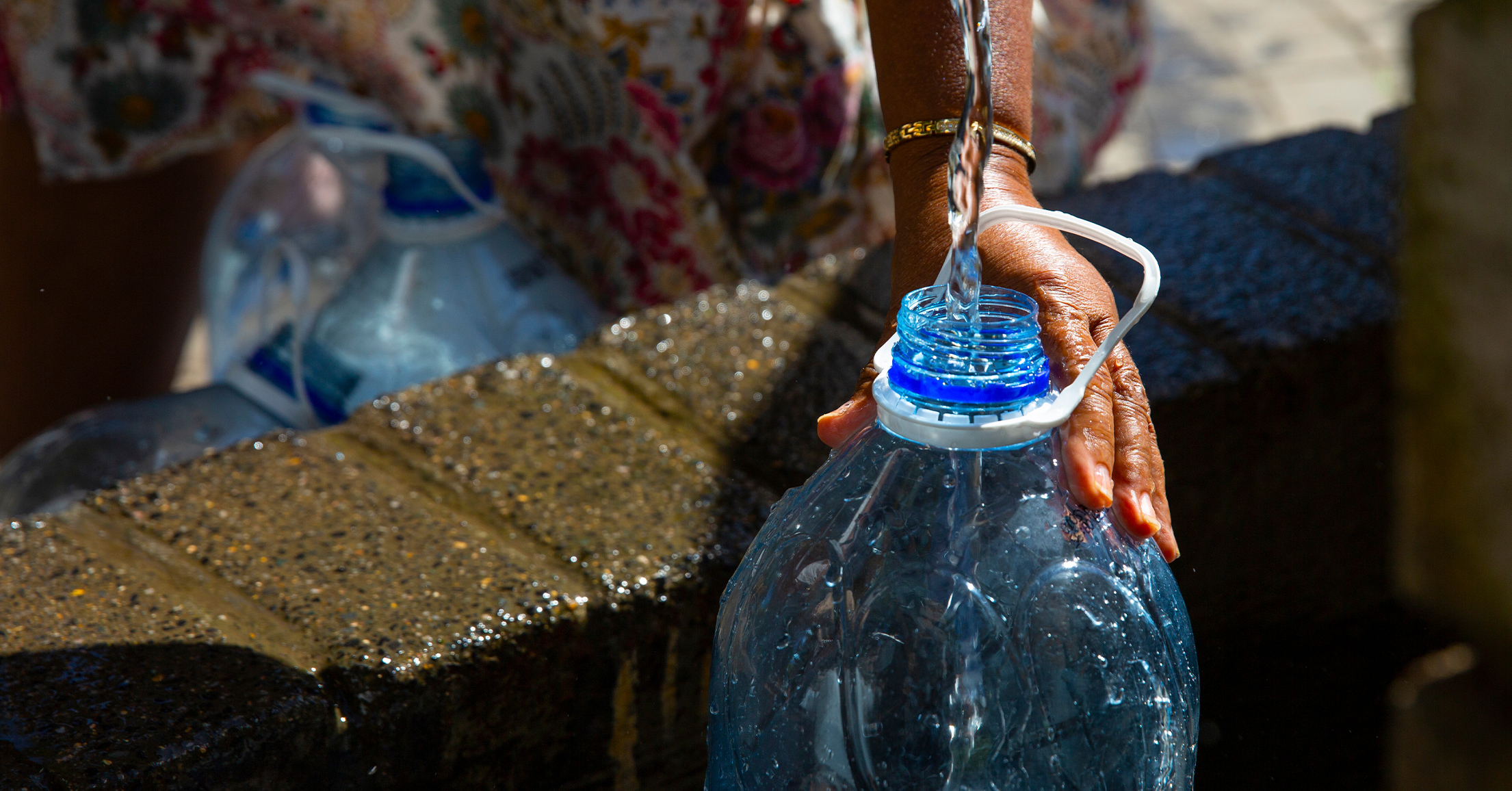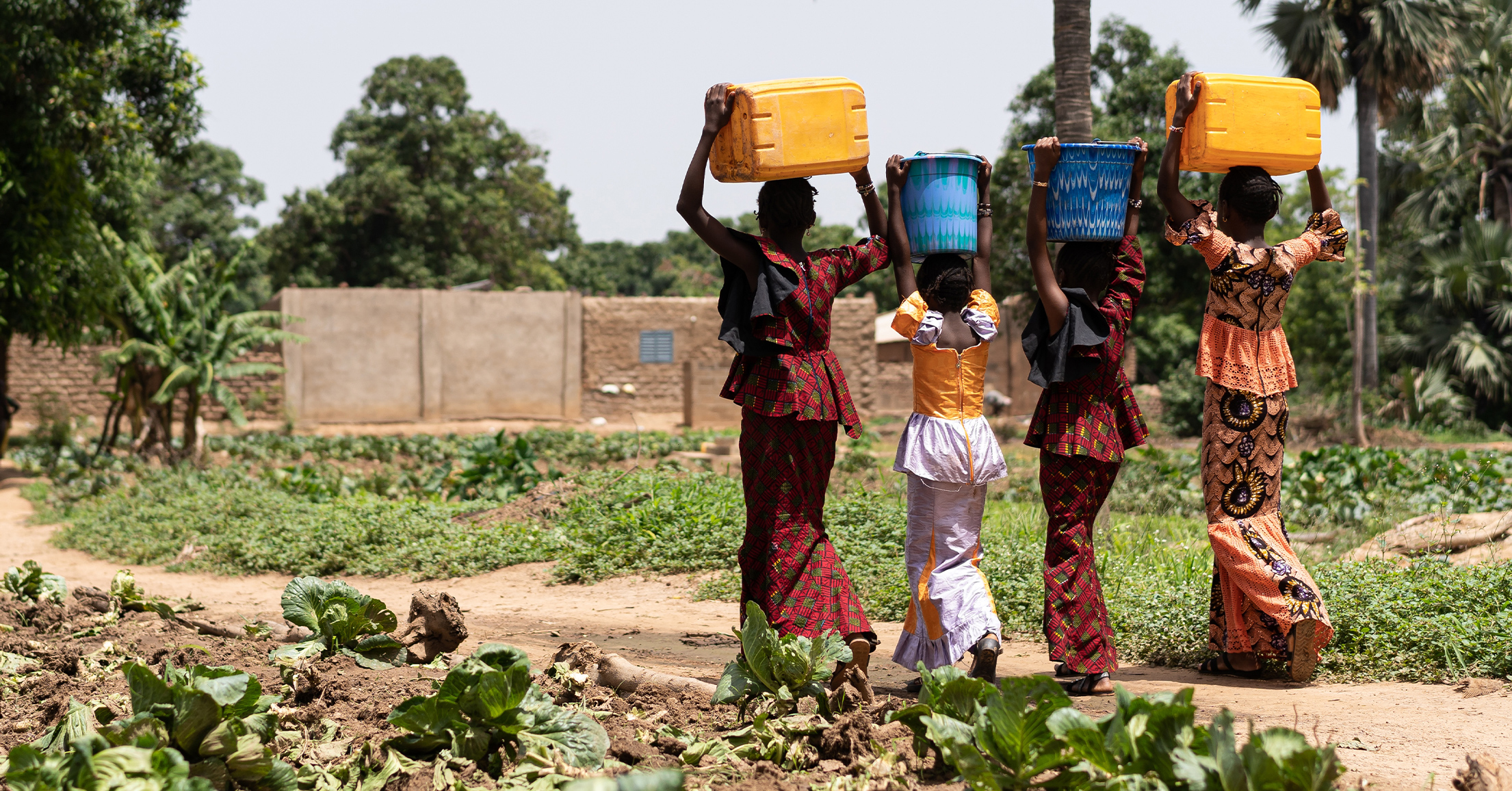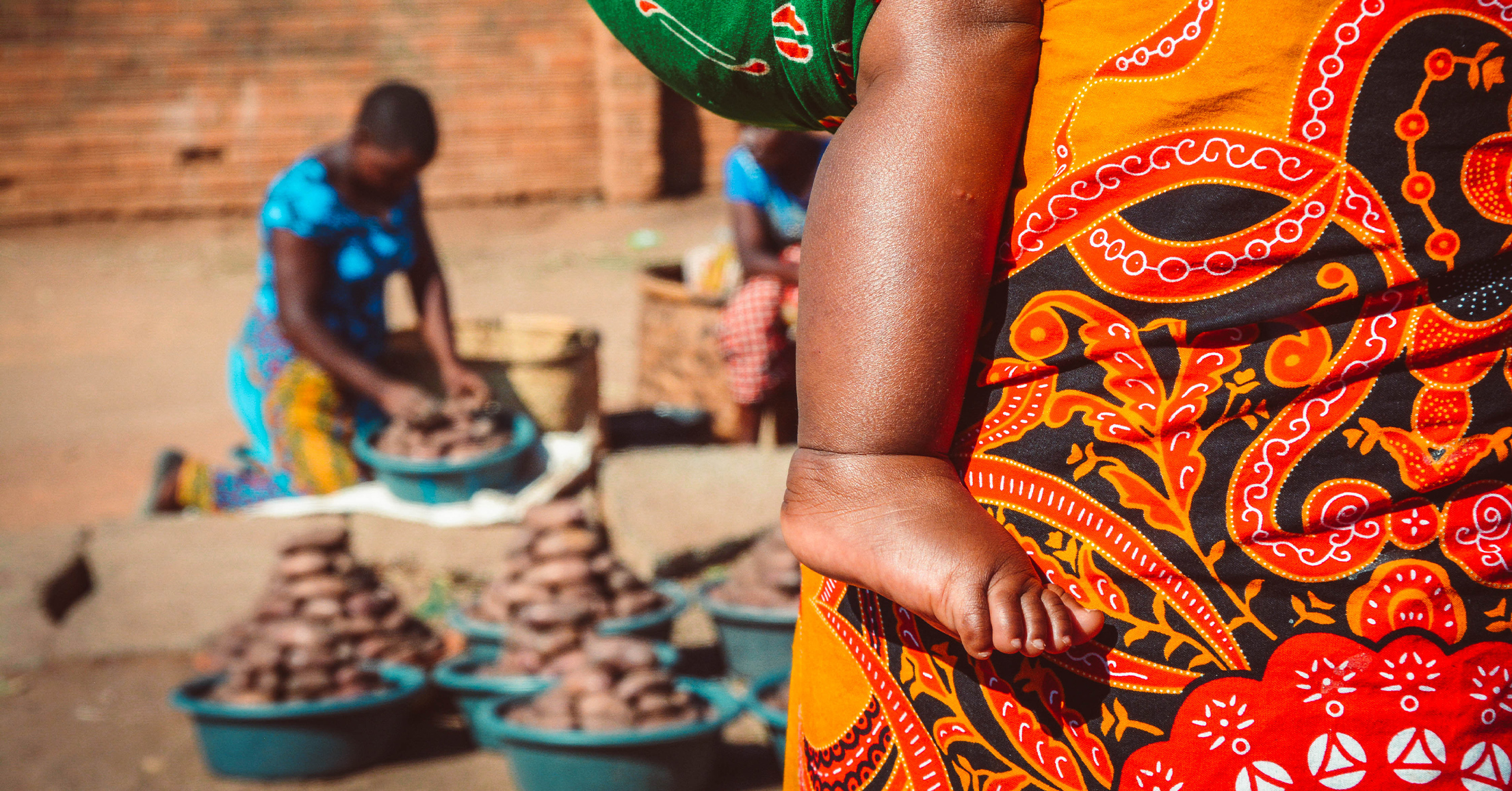Access to water will increasingly become a concern with the mounting effects of climate change. Understanding the socioeconomic dynamics of at-risk communities will be key to investments that address current water access gaps and withstand increasingly severe droughts and floods due to rising global temperatures. In South Africa, climate change will especially impact those living in informal settlements and in the bottom wealth quintile. Using machine learning models, Fraym generated the data needed to answer the questions below and then examined:
- Where water stress will be greatest in 2040, according to the World Resource Institute
- Where people are currently living in informal settlements, and
- Where neighborhoods have high concentrations of adults in the bottom wealth quintile
Combined, these three datasets highlight which communities to prioritize for investments to shore up water access for the future. Communities north of Rustenburg and south of Brits quickly pop out as areas with high risk for future water stress and current socioeconomic vulnerability.

Fraym data shows that less than one-in-five South Africans live in areas experiencing extreme water stress today, a number the World Resource Institute expects to almost triple by 2040. Zooming into the current snapshot of these populations, their livelihoods, concerns, and resources provides implementers with a holistic picture of what’s needed to bolster access now and prepare for the future.


